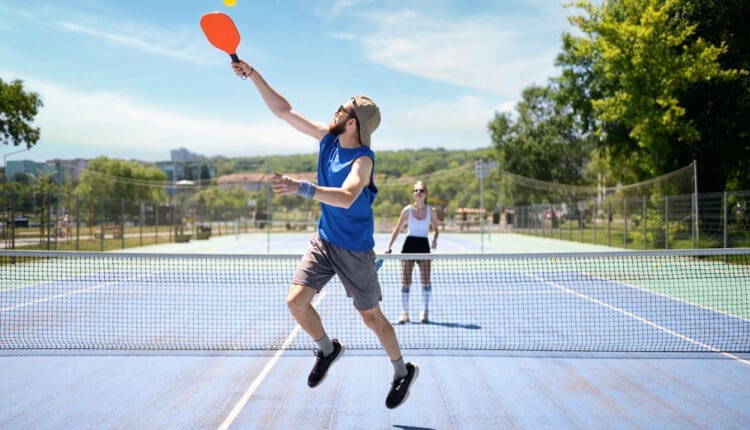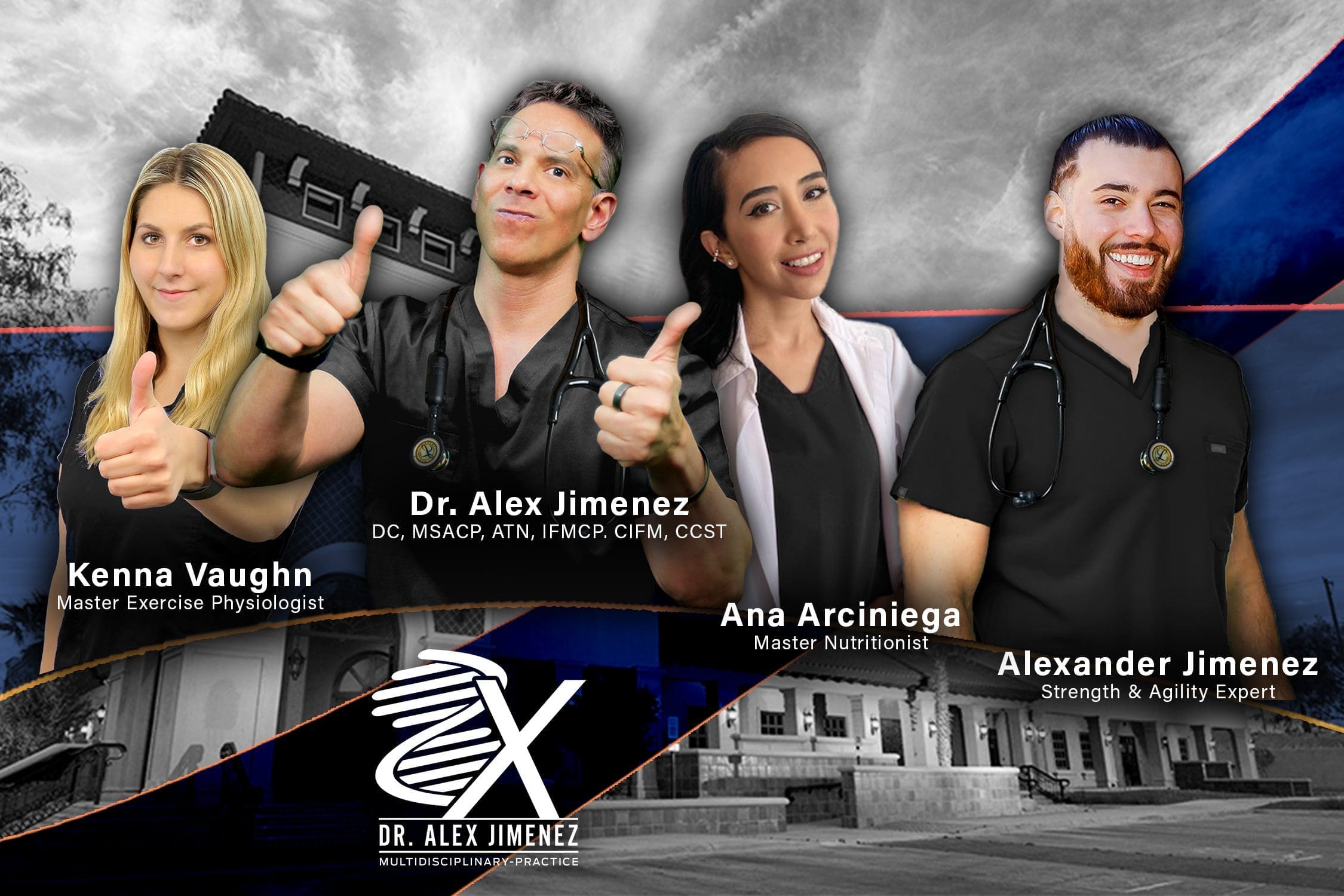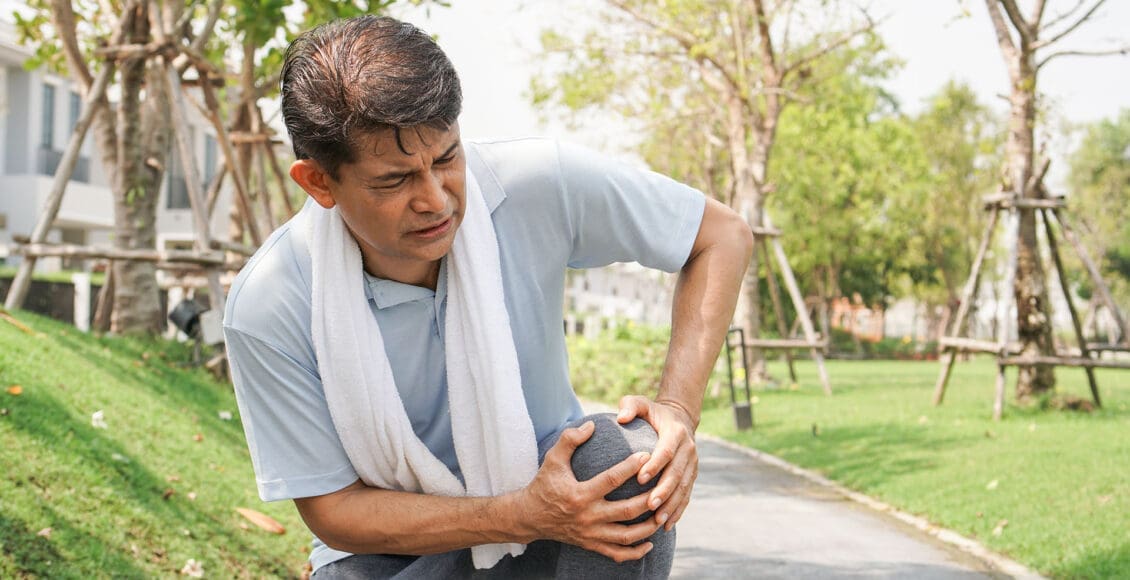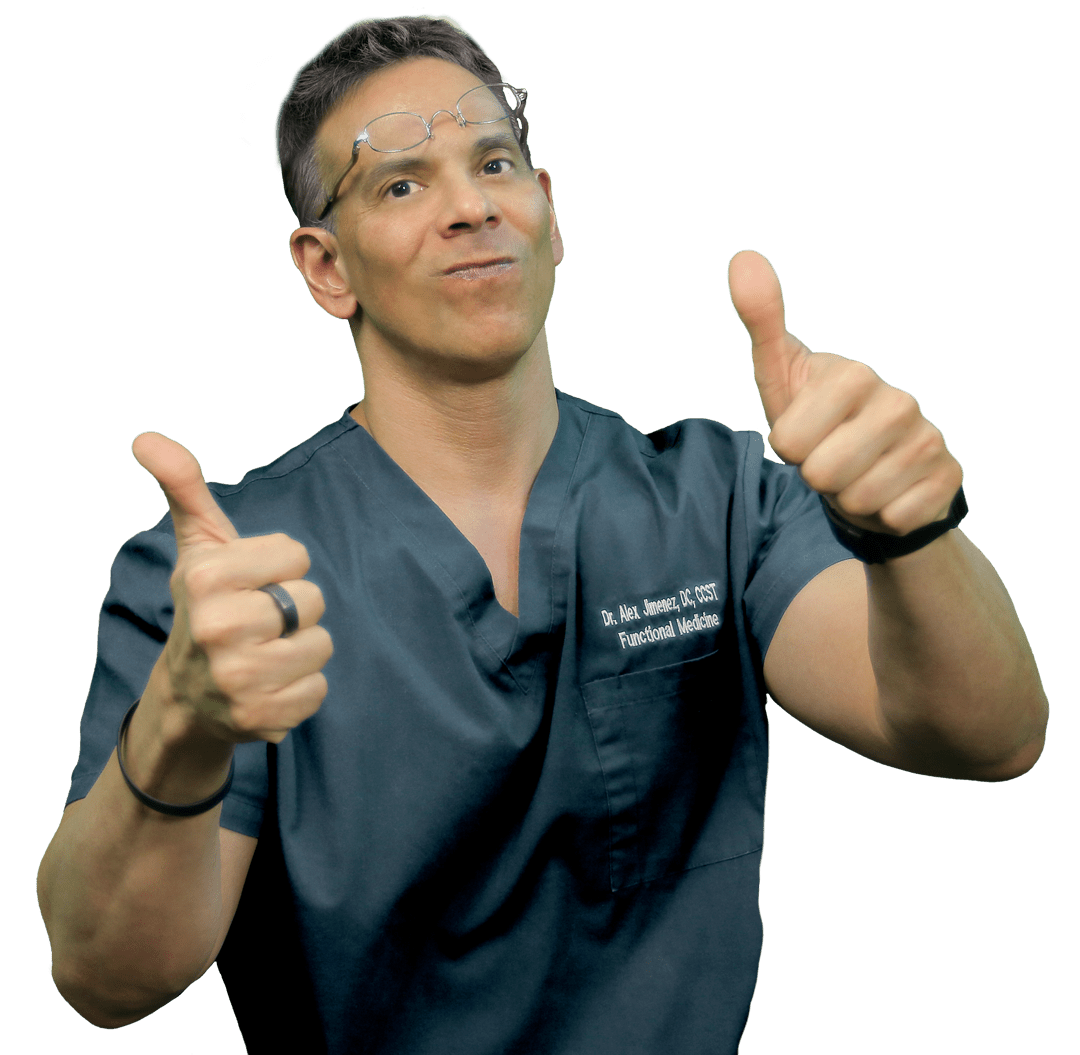Table of Contents
Weekend Athletes Injury Solutions: An Evidence-Based, Easy Guide to Safer Play and Integrative Care

What “weekend warrior” really means (and why it matters)
A weekend warrior is someone who does the most intense exercise on one or two days, after a mostly sedentary week. This pattern can still deliver major health benefits if weekly activity totals meet guidelines—but sudden, unprepared spikes raise the risk of sprains, strains, and overuse problems (Riverside Health System, 2025; Weill Cornell Medicine, 2024). (riversideonline.com)
Large, recent studies show that condensing your activity into 1–2 days can protect against many diseases as well as spreading workouts across the week—so long as you hit the recommended weekly dose (Mass General Brigham, 2024; American Heart Association News, 2024). The catch: tissues still need gradual loading to avoid injury. (Massachusetts General Hospital)
Why weekend athletes get hurt: three simple drivers
- Overuse – repeating motions your tendons and joints aren’t ready for (e.g., long runs after a week of sitting).
- Sudden movements – fast cuts, jumps, awkward landings, or lifting with poor mechanics.
- Poor preparation – skipping warm-ups, weak stabilizers, or worn-out shoes.
These factors underlie many musculoskeletal injuries seen in clinics and ERs (Aligned Orthopedic Partners, 2024; Weill Cornell Medicine, 2024). (Aligned Orthopedic Partners)
What typically gets injured (and what it feels like)
Emergency physicians and sports clinicians most often see knees, shoulders, and ankles, and sprains/strains outnumber fractures (Weill Cornell Medicine, 2024). (weillcornell.org)
- Ankle sprain (ligament): twist/roll with swelling, tenderness, and sometimes bruising.
- Hamstring/calf strain (muscle–tendon): “pulled” sensation, tightness, and weakness.
- Knee sprain or overuse pain: instability, joint-line pain, or pain after cutting/pivoting.
- Achilles tendinopathy: stiff, sore area above the heel (often worse in the morning).
- Rotator cuff irritation: pain with overhead reach or lying on the shoulder.
- Shin splints: aching along the shin after running on hard surfaces (Riverside Health System, 2025). (riversideonline.com)
Sprain vs. strain: A sprain involves a ligament (joint stabilizer); a strain involves muscle or tendon (mover). Sprains can feel unstable and bruise; strains feel like a pull with spasm or weakness (Aligned Orthopedic Partners, 2024). (Aligned Orthopedic Partners)
Weekday habits shape weekend risk
Repetitive work or prolonged sitting can irritate tissues before you even start playing. Those “workloads” stack with Saturday’s game and tip you into pain. Common work-related problems include tendon irritation from repeated or static tasks (MyShortlister, 2023). Short micro-breaks and posture changes help. (Shortlister)
First-aid: what to do in the first 24–72 hours
For many fresh soft-tissue injuries, start with the PRICE method: Protect, Rest, Ice (20 minutes on), Compress, Elevate. Avoid pushing through sharp pain. Seek care urgently for a “pop,” severe swelling, deformity, numbness/weakness, or inability to bear weight (Weill Cornell Medicine, 2024). (weillcornell.org)
When imaging is useful (and what usually comes first)
You don’t need an MRI for every sprain. Most clinicians begin with a history and examination; an X-ray is often ordered first if a fracture is suspected. Ultrasound or MRI follows when soft-tissue damage is suspected, symptoms persist, or nerve signs appear (Weill Cornell Medicine, 2024; Appleton Chiropractic Center, n.d.). (weillcornell.org)
Practical prevention that actually works
- Warm up and cool down. Do 5–10 minutes of light cardio, followed by dynamic moves (such as leg swings, lunges, and arm circles). Ease into slow stretches after play (Riverside Health System, 2025; Appleton Chiropractic Center, n.d.). (riversideonline.com)
- Build up gradually. Increase time or intensity by ~10% per week. Rotate high- and low-impact days (Center for Orthopaedic Surgery & Sports Medicine, n.d.). (COSM)
- Use the right gear. Replace worn shoes; match footwear to the sport (Riverside Health System, 2025). (riversideonline.com)
- Hydrate, fuel, and sleep. Under-fueling and poor sleep increase the risk of cramps and strains (Riverside Health System, 2025). (riversideonline.com)
- Add two short mid-week sessions. Even 20–30 minutes of exercise twice a week improves tissue tolerance and reduces the risk of weekend injuries (Center for Orthopaedic Surgery & Sports Medicine, n.d.). (COSM)
Simple self-care roadmaps
Ankle sprain
- Days 0–2: PRICE, gentle ankle pumps, compression sleeve.
- Days 3–7: pain-free range of motion; start weight bearing as tolerated.
- Weeks 2–4: add balance drills and band work.
- See a clinician if you can’t bear weight or feel instability (Weill Cornell Medicine, 2024). (weillcornell.org)
Achilles tendinopathy
- Reduce jumping/sprinting while painful.
- Begin slow calf raises (progress to eccentrics) and increase load gradually (Aligned Orthopedic Partners, 2024). (Aligned Orthopedic Partners)
Shoulder soreness (rotator cuff pattern)
- The treatment plan involves short rest (not total rest), followed by scapular control and light external rotation drills to limit overhead volume and improve thoracic mobility (Aligned Orthopedic Partners, 2021). (Aligned Orthopedic Partners)
Low-back strain
- After 24–48 hours, try gentle mobility exercises (such as pelvic tilts and cat-camel), followed by core endurance exercises (like planks) and hip-hinge practice. Seek care if pain persists below the knee or if you notice weakness (Weill Cornell Medicine, 2024). (weillcornell.org)
How an integrative chiropractic approach supports recovery
Integrative chiropractic care blends joint-specific manual therapy with targeted exercise, soft-tissue work, and—when indicated—acupuncture and bracing/taping. The aim is to improve mechanics and tissue capacity, allowing you to heal and resist re-injury (Radiant Life Chiropractic, 2024; Aligned Orthopedic Partners, 2024). (Radiant Life Chiropractic)
A science-minded clinic coordinates:
- The assessment includes a focused orthopedic and neurological exam, movement testing, and an evaluation of load history.
- Imaging when needed: X-ray, musculoskeletal ultrasound, or MRI to confirm or rule out higher-grade injuries.
- Progressive loading: stepwise exercise dosing (strength, endurance, balance) and return-to-play testing.
- Work-sport context: posture tweaks, micro-breaks, and gear checks to reduce repetitive strain (MyShortlister, 2023). (Shortlister)
Why this helps: Linking mechanics (how you move) with capacity (what your tissues can tolerate) is the fastest path to durable recovery—especially for weekend warriors who train in short, intense bursts (Weill Cornell Medicine, 2024; Center for Orthopaedic Surgery & Sports Medicine, n.d.). (weillcornell.org)
A quick mid-week plan (desk-friendly)
Day A – Hips/legs/core (25–30 min)
- 5 min brisk walk
- 2 rounds: body-weight squats 12; step-ups 10/side; split-squats 8/side
- Plank 20–40 sec; side plank 15–30 sec/side
- 3–5 min calf, hamstring, hip-flexor stretches
Day B – Shoulders/back/core (25–30 min)
- 5 min light cardio + arm circles
- 2 rounds: push-ups 8–12; band rows 12–15; band “T” raises 10–12
- Dead bug 6/side; bird-dog 6/side
- 3–5 min pec stretch + thoracic rotations
These short “bridge” sessions raise tissue tolerance and make your weekend play safer (Center for Orthopaedic Surgery & Sports Medicine, n.d.). (COSM)
Return-to-play checklist (advance only when all are true)
- Daily tasks are pain-free, and you’re sleeping normally.
- Full, pain-free range of motion for the injured area.
- Strength feels symmetrical from side to side in simple tests.
- You can do basic sport drills (jog-cut-jog; easy swings/serves) without symptoms.
If a step hurts, back up, adjust the load, and rebuild capacity (Weill Cornell Medicine, 2024). (weillcornell.org)
Bottom line for weekend athletes
- Being a weekend warrior can still be healthy—the total weekly activity, rather than the frequency, matters most (Mass General Brigham, 2024; American Heart Association News, 2024). (Massachusetts General Hospital)
- Most common issues include sprains, strains, and overuse injuries in the ankle, knee, and shoulder (Weill Cornell Medicine, 2024). (weillcornell.org)
- Warm up, build gradually, and add two short mid-week sessions to cut injury risk (Riverside Health System, 2025; Center for Orthopaedic Surgery & Sports Medicine, n.d.). (riversideonline.com)
- Integrative chiropractic care aligns assessment, imaging when needed, manual therapy, and progressive exercise, enabling you to return to play stronger and safer (Radiant Life Chiropractic, 2024; Aligned Orthopedic Partners, 2024). (Radiant Life Chiropractic)
References
- Aligned Orthopedic Partners. (2024, July 23). Musculoskeletal injuries: Causes and treatments. https://alignedortho.com/musculoskeletal-injuries-causes-and-treatments/ (Aligned Orthopedic Partners)
- Appleton Chiropractic Center. (n.d.). Sports injuries. https://appletonchiro.com/conditions/sports-injuries/ (Appleton Chiropractic)
- Center for Orthopaedic Surgery & Sports Medicine. (n.d.). Sports medicine for weekend warriors: Staying active and injury-free. https://www.centerfororthosurgery.com/sports-medicine-for-weekend-warriors-staying-active-and-injury-free/ (COSM)
- Mass General Brigham. (2024, Sept 26). ‘Weekend warrior’ physical activity may help protect against 200+ diseases. https://www.massgeneral.org/news/press-release/weekend-warrior-physical-activity-protect-against-200-diseases (Massachusetts General Hospital)
- MyShortlister. (2023). The most common work-related musculoskeletal disorders. https://www.myshortlister.com/insights/work-related-musculoskeletal-disorders (Shortlister)
- Radiant Life Chiropractic. (2024). Chiropractic care for weekend warriors. https://getradiantlife.com/chiropractic-care-for-weekend-warriors/ (Radiant Life Chiropractic)
- Riverside Health System. (2025, Apr 15). Stay in the game: Top 5 tips to avoid common weekend warrior injuries. https://www.riversideonline.com/patients-and-visitors/healthy-you-blog/blog/s/stay-in-the-game-top-5-tips-to-avoid-common-weekend-warrior-injuries (riversideonline.com)
- Weill Cornell Medicine. (2024, Nov 7). Sports-related injuries: An emergency medicine doctor’s perspective. https://weillcornell.org/news/sports-related-injuries-an-emergency-medicine-doctor%E2%80%99s-perspective (weillcornell.org)
- American Heart Association News. (2024, Sept 26). ‘Weekend warriors’ may gain same health benefits as people who spread out exercise. https://www.heart.org/en/news/2024/09/26/weekend-warriors-may-gain-same-health-benefits-as-people-who-spread-out-exercise (www.heart.org)
Post Disclaimer
Professional Scope of Practice *
The information herein on "Weekend Warriors Injury Guidance for Healthy Activity" is not intended to replace a one-on-one relationship with a qualified health care professional or licensed physician and is not medical advice. We encourage you to make healthcare decisions based on your research and partnership with a qualified healthcare professional.
Blog Information & Scope Discussions
Welcome to El Paso's Chiropractic Scientist wellness blog, where Dr. Alex Jimenez, DC, FNP-C, a board-certified Family Practice Nurse Practitioner (FNP-C) and Chiropractor (DC), presents insights on how our team is dedicated to holistic healing and personalized care. Our practice aligns with evidence-based treatment protocols inspired by integrative medicine principles, similar to those found on dralexjimenez.com, focusing on restoring health naturally for patients of all ages.
Our areas of chiropractic practice include Wellness & Nutrition, Chronic Pain, Personal Injury, Auto Accident Care, Work Injuries, Back Injury, Low Back Pain, Neck Pain, Migraine Headaches, Sports Injuries, Severe Sciatica, Scoliosis, Complex Herniated Discs, Fibromyalgia, Chronic Pain, Complex Injuries, Stress Management, Functional Medicine Treatments, and in-scope care protocols.
Our information scope is limited to chiropractic, musculoskeletal, physical medicine, wellness, contributing etiological viscerosomatic disturbances within clinical presentations, associated somato-visceral reflex clinical dynamics, subluxation complexes, sensitive health issues, and functional medicine articles, topics, and discussions.
We provide and present clinical collaboration with specialists from various disciplines. Each specialist is governed by their professional scope of practice and their jurisdiction of licensure. We use functional health & wellness protocols to treat and support care for the injuries or disorders of the musculoskeletal system.
Our videos, posts, topics, subjects, and insights cover clinical matters, issues, and topics that relate to and directly or indirectly support our clinical scope of practice.*
Our office has reasonably attempted to provide supportive citations and has identified the relevant research studies or studies supporting our posts. We provide copies of supporting research studies available to regulatory boards and the public upon request.
We understand that we cover matters that require an additional explanation of how they may assist in a particular care plan or treatment protocol; therefore, to discuss the subject matter above further, please feel free to ask Dr. Alex Jimenez, DC, APRN, FNP-BC, or contact us at 915-850-0900.
We are here to help you and your family.
Blessings
Dr. Alex Jimenez DC, MSACP, APRN, FNP-BC*, CCST, IFMCP, CFMP, ATN
email: coach@elpasofunctionalmedicine.com
Licensed as a Doctor of Chiropractic (DC) in Texas & New Mexico*
Texas DC License # TX5807
New Mexico DC License # NM-DC2182
Licensed as a Registered Nurse (RN*) in Texas & Multistate
Texas RN License # 1191402
ANCC FNP-BC: Board Certified Nurse Practitioner*
Compact Status: Multi-State License: Authorized to Practice in 40 States*
Graduate with Honors: ICHS: MSN-FNP (Family Nurse Practitioner Program)
Degree Granted. Master's in Family Practice MSN Diploma (Cum Laude)
Dr. Alex Jimenez, DC, APRN, FNP-BC*, CFMP, IFMCP, ATN, CCST
My Digital Business Card





 Again, We Welcome You.
Again, We Welcome You.
Comments are closed.